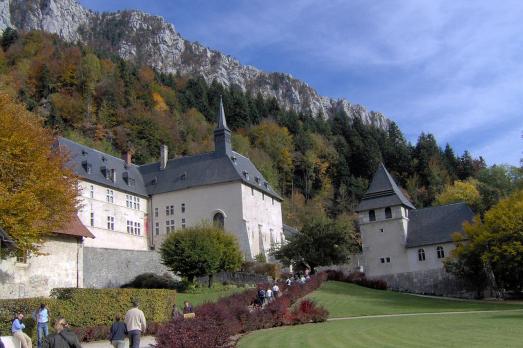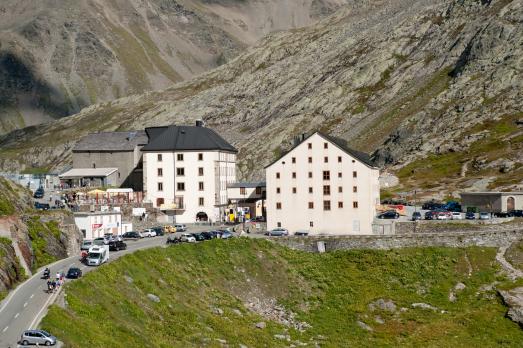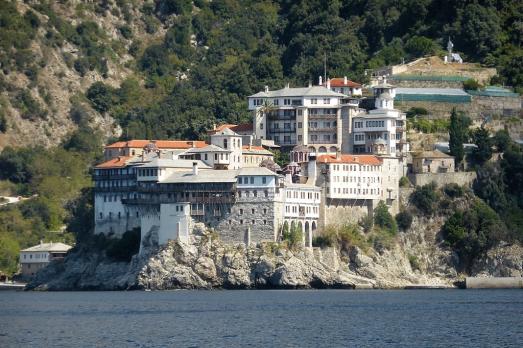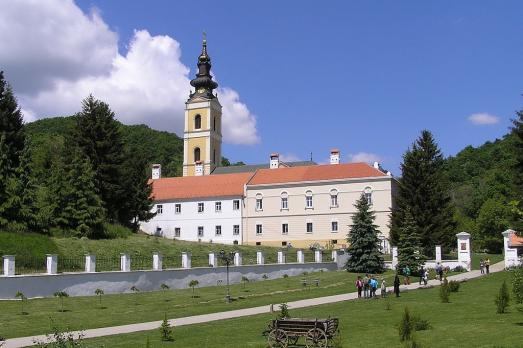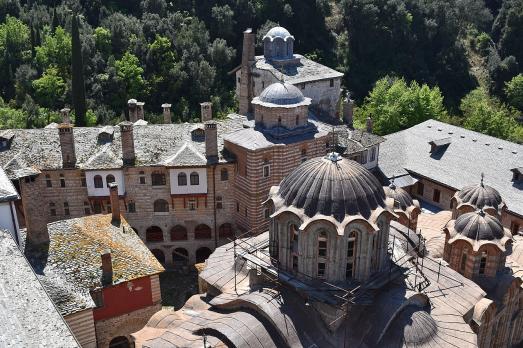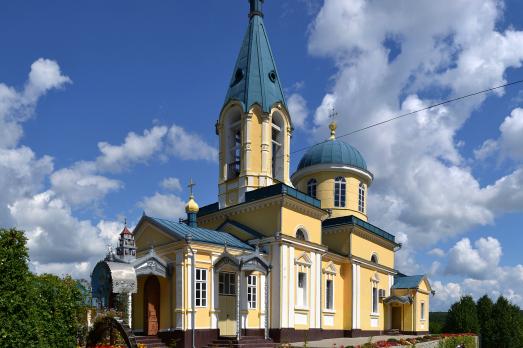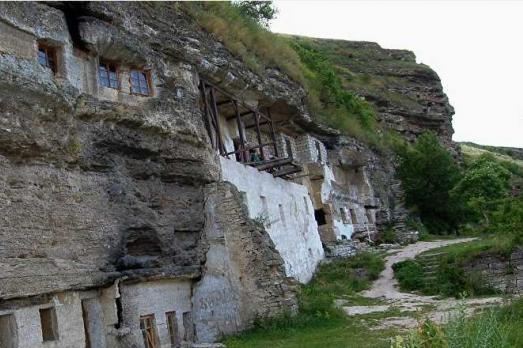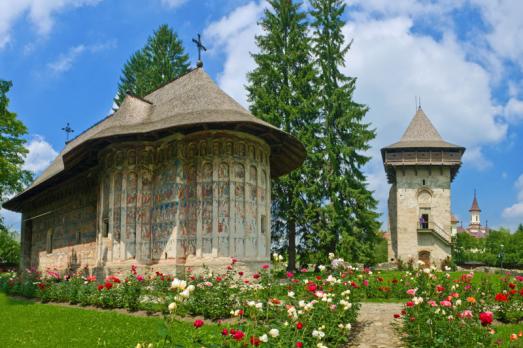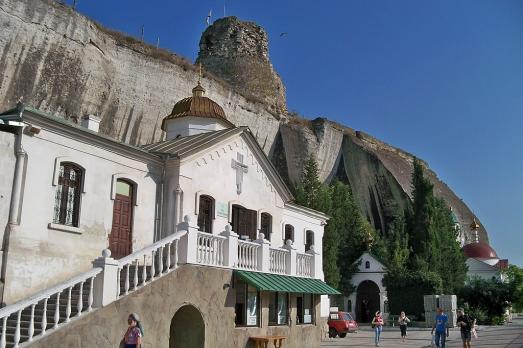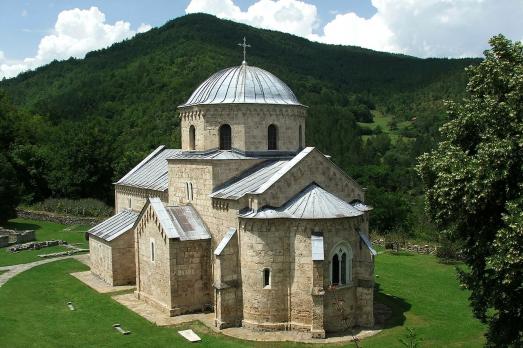
Gradac Monastery
Gradac, RS
The monastery of Gradac was built from 1277 to 1282, during the reign of Stefan Dragutin. From 1389, under Ottoman rule, the monastery was largely devoid of monks, and then the roof of the church was removed. Between 1963 and 1975, a complete reconstruction of the main church was carried out. The construction of the dwellings began in 1982 and the monastery was resurrected.
